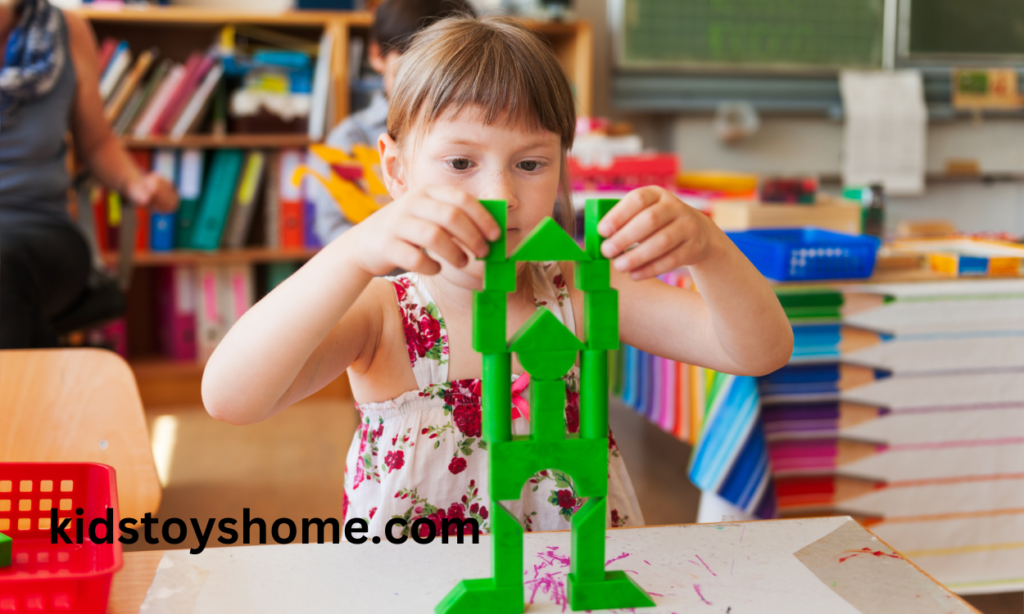
In today’s digital world, language constantly evolves, and people often use new acronyms and short phrases in their daily chats. One of these terms is ptso, which may sound confusing at first. From my own experience chatting with younger folks online, I’ve seen how ptso pops up in texts without much explanation. But once we understand the context, its meaning becomes clearer. Like many expressions used in social media or casual talk, ptso shows how the tone or intention behind words can shift depending on the situation. It’s fascinating to see how these terms become part of everyday communication even if they seem unrelated to traditional language.
Sometimes, ptso is mentioned alongside a word like hiatus, especially when someone takes a break from online platforms or personal activities. These two words might look separate, but they both reflect how people explain emotions or life changes. For instance, someone might say they feel ptso after coming back from a hiatus, expressing a mix of personal feelings through modern slang. From a linguistic point of view, it’s interesting how such concepts can be expressed warmly, lightly, or even professionally just by changing tone. This shows how context and tone truly shape communication. I’ve come across such usage in many online forums where readers look for alternative ways to say something in a more expressive or subtle way. This is a great example of how people adjust their situation and style depending on who they are talking to.
PTSO Meaning
Acronym Breakdown of PTSO
When we break down the acronym ptso, each letter has a clear meaning: P for Parent, T for Teacher, S for Student, and O for Organization. So, ptso simply expands to Parent–Teacher–Student Organization. From personal experience in school committee work, this structure always made sense to me. Each part plays a vital role, and this is more than just a group—it’s a meaningful organization where students get involved alongside adults. I’ve seen this model in action, and it really reflects how collaboration happens between students and educators.
Purpose and Role of a PTSO in Schools
A ptso acts as a bridge between home and school, helping to connect families, teachers, and students on one platform. It’s more than just meetings; it’s about relationships. From helping raise funds, to organizing volunteering, or even hosting school events, the group’s main focus is to support learning and extracurricular activities. When I volunteered, I noticed how strong these efforts were in building school spirit and engagement.
How PTSOs Build Community and Student Leadership
Another important role of a ptso is to foster a sense of community. It builds connections between parents, faculty, and especially students. What sets a ptso apart from a traditional pta (Parent–Teacher Association) is the emphasis on student inclusion. By involving students directly, schools are promoting youth involvement and nurturing their leadership skills. I’ve worked with both types of associations, and I found ptso models give students a stronger voice, which helps in shaping them for future responsibilities.
Tone matters in PTSO: choosing the right style
Using the Polite Tone in PTSO Communication
In many ptso meetings I’ve attended, choosing the right tone is essential. A polite register helps maintain warmth and mutual respect among parents, teachers, and students. It creates an environment where everyone feels heard without pressure. Whether you’re sending emails or speaking at events, this style shows consideration and helps avoid misunderstandings.
When to Use a Professional Tone in PTSO Settings
Sometimes, especially when dealing with school administration or external organizations, a more professional register is better. From my own experience writing grant proposals for school programs, using a clear and respectful tone helped us achieve success. This kind of style shows seriousness and focus, which builds credibility for your ptso.
Keeping It Light with a Casual Tone
There are moments when a casual register is just right—like in newsletters or social media posts to keep things friendly. In my role as a volunteer, I found this tone worked well when inviting parents to fun events. It helps make the ptso feel welcoming and relaxed, encouraging more people to join in. The key is choosing the right style based on your audience and message.
Alternatives for Expressing PTSO Meaning
Other Common Terms for PTSO
There are several alternatives to express what ptso truly means, depending on the context and tone. While it formally refers to a Parent–Teacher–Student Organization, I’ve often heard people describe it using terms like committee, team, or council, especially in schools where the structure is more informal. Each of these words carries the core meaning of collaboration and shared responsibility.
Describing PTSO Through Collaborative Language
In many settings, people might refer to a ptso as a group, a community, or even a student-led or school-based organization. Others use terms like parent-teacher alliance, network, or association to highlight unity and mutual support. From my time working in different schools, I noticed that phrases like partnership, cooperative, or collaboration are often used when the goal is to show active involvement between parents, teachers, and students. No matter the label, the purpose remains the same: building bridges and working together for better school outcomes.
Examples of PTSO
Real-Life Examples of PTSO in Action
Over the years, I’ve had the chance to be part of many ptso efforts, and each one showed how powerful a Parent–Teacher–Student Organization can be. One school organized a large fundraiser to support new library books, led by a strong committee of parents and students working side by side. I also remember a spring school event where the planning, promotion, and hosting were handled through complete collaboration between families and staff. These experiences really showed me how involvement creates impact.
Activities That Showcase PTSO Teamwork
In another case, our ptso organized monthly meetings and promoted open membership to bring more people into decision-making. Roles were divided to build leadership among students while encouraging parent volunteering. Together, we supported various activities that helped both learning and school culture thrive. These real-world examples reflect true teamwork and show how school-based groups can serve the community through shared effort and clear support systems.
Conclusion
Understanding the meaning of ptso goes beyond just the words Parent–Teacher–Student Organization. It represents a true spirit of collaboration, where parents, teachers, and students come together with shared purpose. From organizing fundraisers and school events to building strong leadership and encouraging involvement, a ptso plays a vital role in shaping school culture and community connection.
What truly matters is how the tone, style, and structure of a ptso adapt to meet the needs of every school-based environment. Whether through formal meetings, casual outreach, or alternative names like association, team, or committee, the goal stays the same: to build a strong, supportive, and engaged community. Based on years of personal experience, I’ve seen how impactful a well-functioning ptso can be—not just in education, but in forming lasting relationships and fostering student success.





